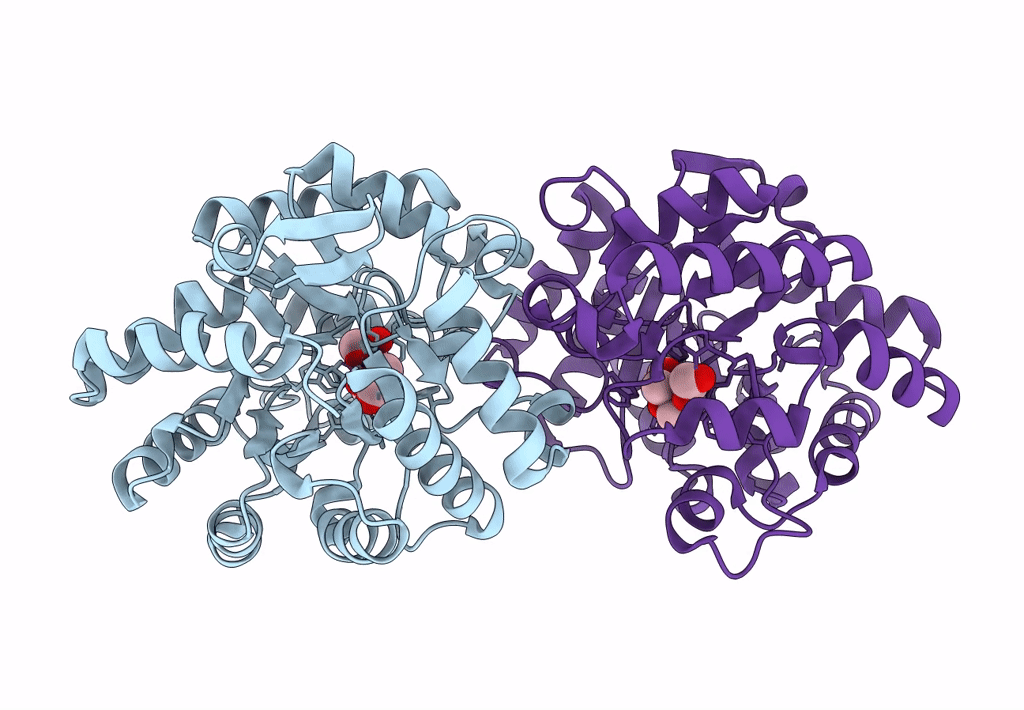
Deposition Date
2018-04-15
Release Date
2018-10-24
Last Version Date
2024-01-17
Entry Detail
PDB ID:
6GBL
Keywords:
Title:
Repertoires of functionally diverse enzymes through computational design at epistatic active-site positions
Biological Source:
Source Organism:
Brevundimonas diminuta (Taxon ID: 293)
Host Organism:
Method Details:
Experimental Method:
Resolution:
1.95 Å
R-Value Free:
0.21
R-Value Work:
0.17
R-Value Observed:
0.17
Space Group:
C 1 2 1


